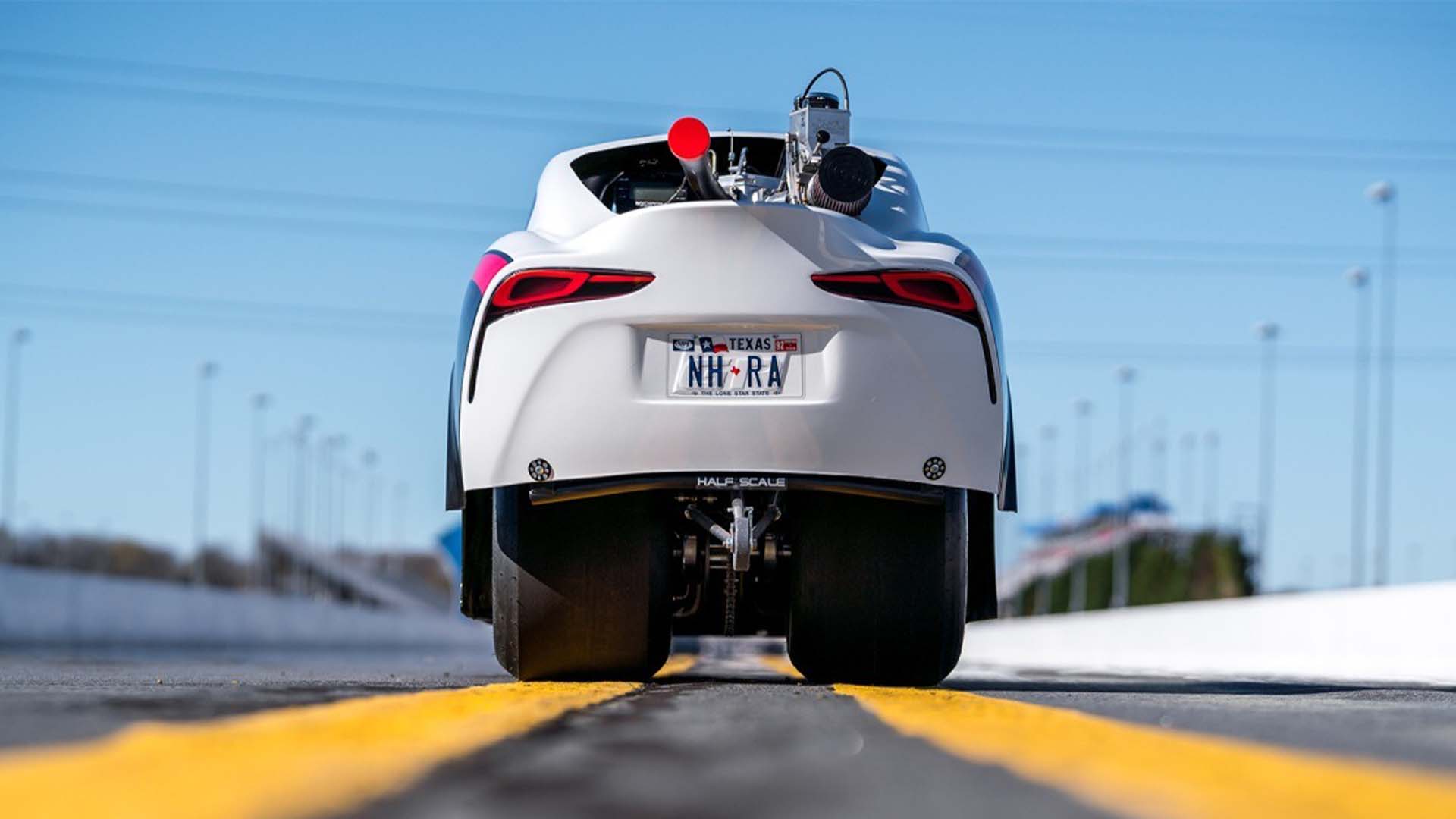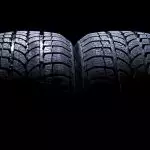Most car owners pay more attention to the engine because they believe it has the biggest influence on how their driving experience will be like. However, it is also just as useful to look at the car tires and its influence on how smooth and safe your ride will be. After all, the tires are the ones that actually touch the road you are driving on. Thus, understanding how to choose the best ones for your car can greatly improve your driving.
What Kind Of Tires Are Out There?
There is a large variety of car tires out there in the market. It is not, however, as simple as just mounting any tire on your car, because there are several factors you need to consider, like how you generally use your car and the condition of the road you will be normally driving on.
Relaxed drivers would not require the same kind of tire as someone who loves to speed down the road like an F1 racer. For example, one with treads will only slow you down because of the small contact patch on the tarmac. The purpose of your car (and tires) will dictate what tire you should buy.
A second factor is the driving condition when you are on the road. Snowy conditions bring a lot of danger of slipping around the street, so you need tires that have big tread blocks, deep grooves with minute metal studs embedded in the tread that grip the ice and snow.
Third, driving comfort can be greatly influenced by your choice of tires. The tread patterns generate noise, which is why you should choose the right tire to minimize these vibrations.
Now that you know how to differentiate car tires, here is a list of tires you can choose from:
Summer or Performance Tires
This type is perfect for speeding down the highway, as it is manufactured from soft rubber compounds and very little tread pattern to even none. This means you can go fast but at the same time, have the necessary grip to prevent you from sliding off the pavement. When you have performance tires, though, you cannot expect a lot of mileage. Its top qualities are grip and performance.
All-Season or All-Around Tires
Cars that come out of the assembly line and most likely what you end up buying comes with all-around or all-season tires. They have the right combination of grip, performance, safety in wet weather conditions, durability, and acceptable noise. These tires are made of rubber compounds that are harder than the summer tires, which means it has worse performance and grip. However, this is not necessary for the day-to-day driver, which is why 9 out of 10 motorists use this type of tires all the time. Moreover, it has the right balance between a silent drive and still performing very well when there are heavy downpour and wet road conditions. If you do not have particularly special requirements, this kind of tire is perfect for you.
- Wet Weather Tires
Wet weather tires are not that different from summer tires, in the sense that they are also made of softer rubber compounds as opposed to all-season ones. The major difference between wet weather tires and summer ones is that they have more siping that work on channeling the water away from the contact patch of the tire. During the rainy season, tires should quickly heat up in order to ensure the contact with the road’s surface. This is the reason why it comes with a contact patch wider than an all-season tire.
- Winter Tires
Difficult is an understatement when describing driving in snowy conditions. In fact, having the wrong tires can definitely cause an accident. This is the reason why there are winter tires, exactly for the purpose of allowing you to drive safely in slippery, icy roads. There are two kinds of winter tire compounds, suitable for different conditions. If you are driving in snowy and muddy conditions, then M&S tires are the ones you should install in your car.
However, snowy and icy roads require bigger block patterns that offer the best contact with the road’s surface. These are the ones with the snowflake symbol, and many of them have embedded metal studs to give the tires a better grip when the roads are covered in snow. Unfortunately, this kind of tires has a noisy downside.
- All-Terrain Tires
Light trucks and SUVs would find this kind of tires most suitable. They have sidewalls that are quite stiff, which allow these vehicles to carry heavy loads and go over rocks and whatever obstacles lie in rough roads. They also come equipped with bigger tread block patterns, which means they have enough grip while driving on gravel, dirt, and loose sand. The disadvantage is that these large tread blocks make the rollers noisier than other tires. They also have less contact surface on roads that are paved. This means you will not be able to speed up on highways without taking the risk of slipping or even turning over. These tires are neither hard nor soft, they are just right in the middle.
- Mud Tires
These tires are similar to all-terrain tires, in the sense that their compound’s tread block patterns are huge and even chunky. These tires are not at all suitable for driving on other surfaces unless it is muddy and dirty. In some cases, these tread blocks do not resemble blocks at all and instead, look like chunky paddles.
The Different Tread Patterns
The tread pattern is a huge factor in choosing the right tire for your vehicle. The tread pattern can have a great impact on traction, as well as in durability and handling. If you also want a smooth, noise-free, and comfortable ride that may also impact your car’s fuel efficiency, then you need to understand more about the three available tire tread patterns to choose from.
1. Symmetrical
This type of pattern normally has a uniform design. This means if you make a lengthwise cut of the tire along the grain to have two complete tires, both the right and the left would have an identical tread design. This is the reason why it is named symmetrical tread pattern.
2. Asymmetrical
Now if you slice a tire with an asymmetrical pattern, then you would not come up with similar designs. Moreover, this type of tire pattern tends to have bigger tread blocks on the outer part of the compound. This is so that the tires stay stable while cornering. On the other hand, the inner tire section has blocks that are smaller and they also have water-channeling grooves, which function as heat dispersion from the rubber compound.
3. Unidirectional
For cars that need acceleration in a straight direction, this type of tread pattern is best. They look like symmetrical tread patterns in the way that the tire halves look identical. However, it has a feature that makes it stand out. These tires are specially designed to turn only in one direction. This means you need to look for an arrow on the side of the tire to see the correct direction when mounting them on your vehicle. This is very important because if you install them in the wrong direction, you will face very serious problems.
In short, this tread pattern allows you to accelerate better due to less rolling resistance. Some may also require a shorter distance when stopping, making it ideal for performance cars that need quick acceleration and short stopping distance.
Knowing Which Tire Size To Buy
Beyond identifying the type of tire and tire tread you need, you also need to know the right size. There are a few measurements necessary to know whether the tire fits your car model, and here is a short guide to converting what these numbers mean. The most important of these are the width and diameter, but other factors like speed rating will also be explained.
The key is to look at the combination of letters and numbers on the tire itself. They stand for various measurements and other identifying markers that help you decide if you have the right tire.
- Tire Type
The first identifier is one/two letters. Cars in the United States state P, meaning it is a P-Metric tire manufactured for passenger vehicles. This also means they uphold certain standards in the US.
On the other hand, if there is no letter, then it means it is a Euro-Metric tire, which has different load capacities. There are also tires marked LT, which means the tire was manufactured for light trucks. These tires need higher pressure than passenger tires because of the load.
- Tire Width
This refers to the measurement of the tire’s width in millimeters, from one sidewall to another. These stand for the first 3 digits, which means in a tire marked P215/65 R15 91S, it has a width of 215 millimeters.
- Aspect Ratio
The next two numbers after the slash mark refer to the aspect ratio or the ratio of the tire cross-section’s height to the width. In the example above, this means the tire’s height is about 65% of the width. When the aspect ratio is bigger, then the sidewall is also bigger.
- Construction
The next letter stands for the construction of the tire, where the R in the example stands for Radial.
- Wheel Diameter
This number stands for the wheel size measured from one side to another. It also determines which kind of wheel the tire is meant to fit. In the example, this means the tire is manufactured for a wheel that has a 15-inch diameter.
- Load Index
The next two numbers refer to the load index, of the maximum load that the tire is able to support when it is inflated properly. The same information is also found on the sidewall, both in pounds and kilos.
- Speed Rating
The last letter stands for the maximum speed capability of the tire. Each letter stands for a certain driving speed, which manufacturers recommend that owners do not exceed.
This alphanumeric combination can be found on the tire itself, as well as the door jamb on the driver’s side, inside the door of the glove box, and within the hatch of the gas tank. You may also read about it in the manual of your vehicle.
The following information is also found on the sidewall of the tire.
- DOT Symbol
If these letters are found on the tire’s side, it means it complies with Federal Motor Vehicle’s safety standards.
- Tire Identification Number
The TIN, or the Tire Identification Number, follows DOT and contains 12 numbers and letters that stand for where the tire was manufactured as well as when.
- UTQG
These letters stand for Uniform Tire Quality Grading, which is set by the Department of Transportation of the US as a rating system to inform consumers on specific factors. First is the traction grade, stating how the tire performs in wet conditions. If it has an AA rating, then it means it has outstanding traction when the roads are wet. Second, temperature grades will determine the tire’s ability to withstand heat, meaning a tire with a higher temperature grade can still perform at higher speeds. Lastly, treadwear grades stand for the tire’s performance on standardized government tests that foretell how long the tire can last. For example, a tire that has a 200 treadwear grade will last two times as long as one with only a 100 treadwear grade.
Can You Install A Different Tire Size On Your Car?
Your car manufacturer states exactly what tire size is suited for your vehicle. These markings make it easy for consumers like you to find the right one and prevent making a wrong purchase. Some people are, however, interested in converting to a different size. This is not specifically what your carmaker suggests, but if you follow very stringent criteria, it may be possible. Without following these, you will suffer the consequences like voiding the warranty and other risks.
The key is to stick as close to your original tire’s diameter as possible. This is the most important thing, because various factors, like the gear settings, brakes, torque, speedometer, and tractor control are based on the diameter, which dictates how far the tire has to travel to get a full rotation. If the time or the length it takes for a full revolution is affected, your speedometer might show inaccurate readings, and your gears will also be affected.
This is the reason why the overall diameter should always be as close to the tire that your car was designed to run with. Unfortunately, it is not as easy to compute the outside diameter because tire sizes only include the inside diameter measurements. There are, however, online tire size calculators that help you compute whether the tires have similar overall diameters. The rule is, if you want to change your tire size, they should not have a difference in diameter of more than 1%, ideally, it should be less than that.
Another tip is to consult an expert when considering a tire with a different size. They will be better at advising you if you are increasing your risk of getting an accident or damaging your car. Otherwise, it is always a good idea to just stick to your vehicle’s original tire size, in order to avoid any unwanted consequences that might affect your car’s performance.
Taking Care Of Your Tires
Because your tires can determine your car’s performance and your driving experience, it is important to always get the right tires and to take necessary steps to maintain it. Here are some tips you can follow:
- Regular Inspection
Even if you are not an expert, you can still check it every once in a while. You can do a visual inspection any damage or wear and tear, especially if you regularly look at your tires. If you see something amiss, then you can bring your vehicle to an expert to have it looked at. Still, you can have a professional inspect it at least once a year.
- Keep The Right Air Pressure
Another habit you should develop is to check your tire’s air pressure regularly. If you drive with not enough pressure, the vehicle’s performance might be affected, especially when the weather is rainy or icy. Moreover, cold weather will also cause the tire pressure to quickly fluctuate. A good trick is to do a monthly check of your tire’s pressure, and adding just a bit more air in.
- Keep The Load Index In Mind
The tires have a maximum weight they can withstand. Going over will result to overheating and eventually lead to its destruction. If you are not aware of the load index, you can check the manual and the numbers listed on the sidewall.
- Avoid Speeding
As mentioned above, not only is the weight limit stated on the tire but also the speed limit you are restricted to. Driving too fast or over this limit, will ultimately shorten its lifespan not to mention compromising your safety.
- Rotate Your Tires
Another important step to prevent wear and tear is to rotate them. This way, it will not get worn down unevenly. This is a step that can be done once or twice a year, pairing it with other regular maintenance steps like an oil change.
- Use The Spare Tire
If your tire is damaged in any way, do not take the risk in driving with it. Instead, use your spare tire until it was inspected by a professional.
In this article, the most important factors in choosing the right tire for your vehicle has been broadly discussed, as well as how to maintain your car’s tires. Because of the importance of the tire’s role in your driving experience, it is vital to gain this knowledge to make the right choice and enhance your comfort and your car’s performance.









